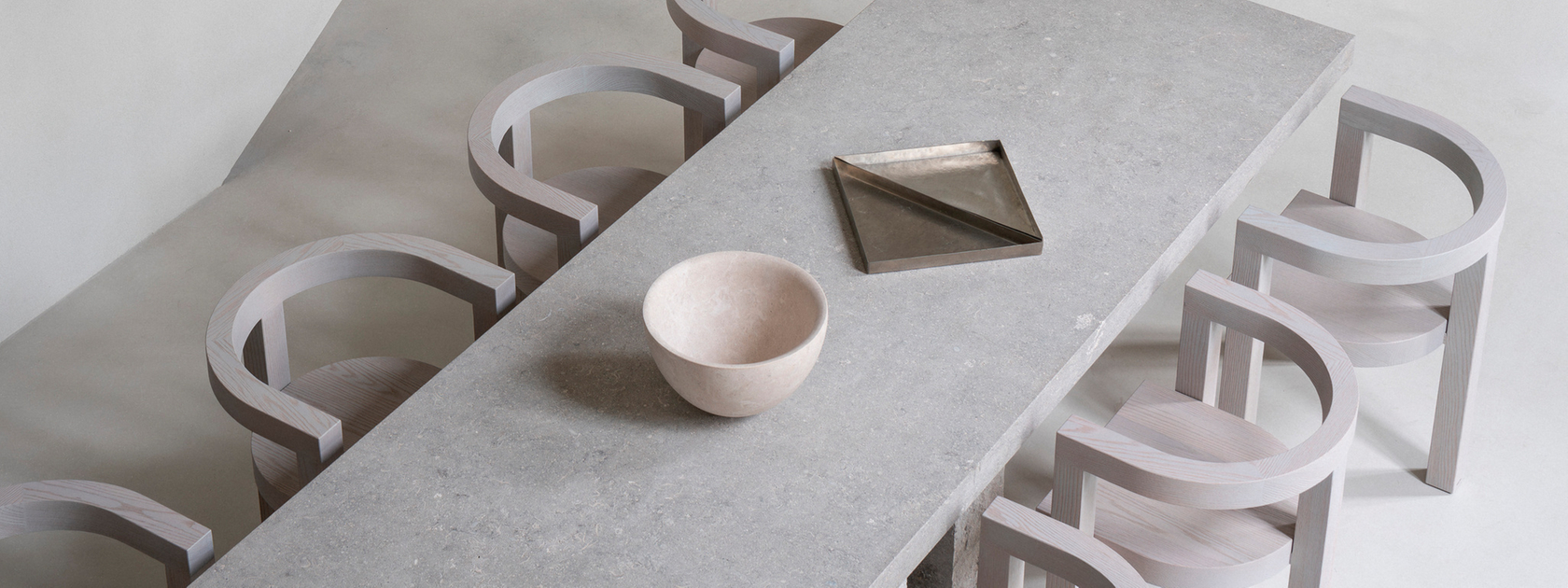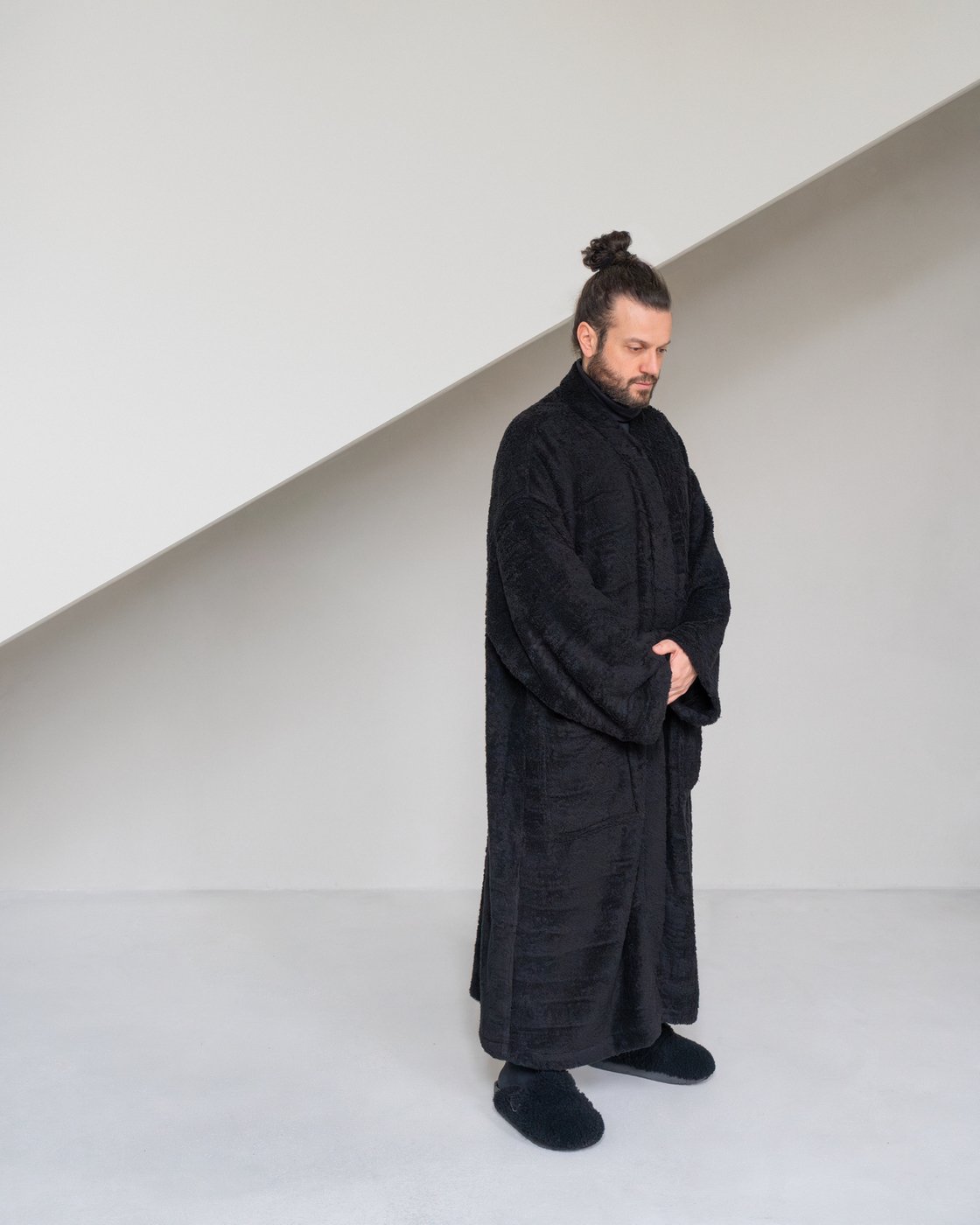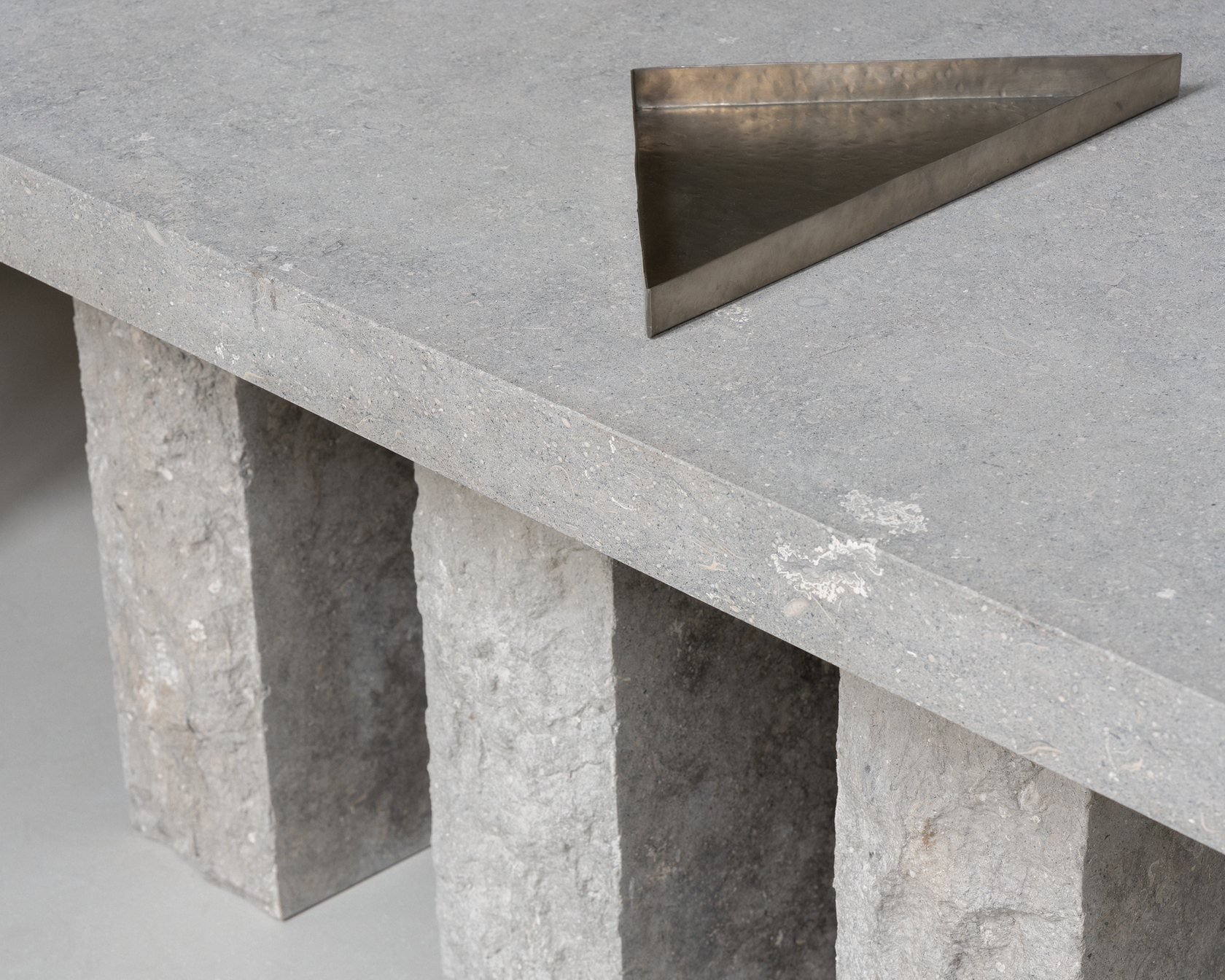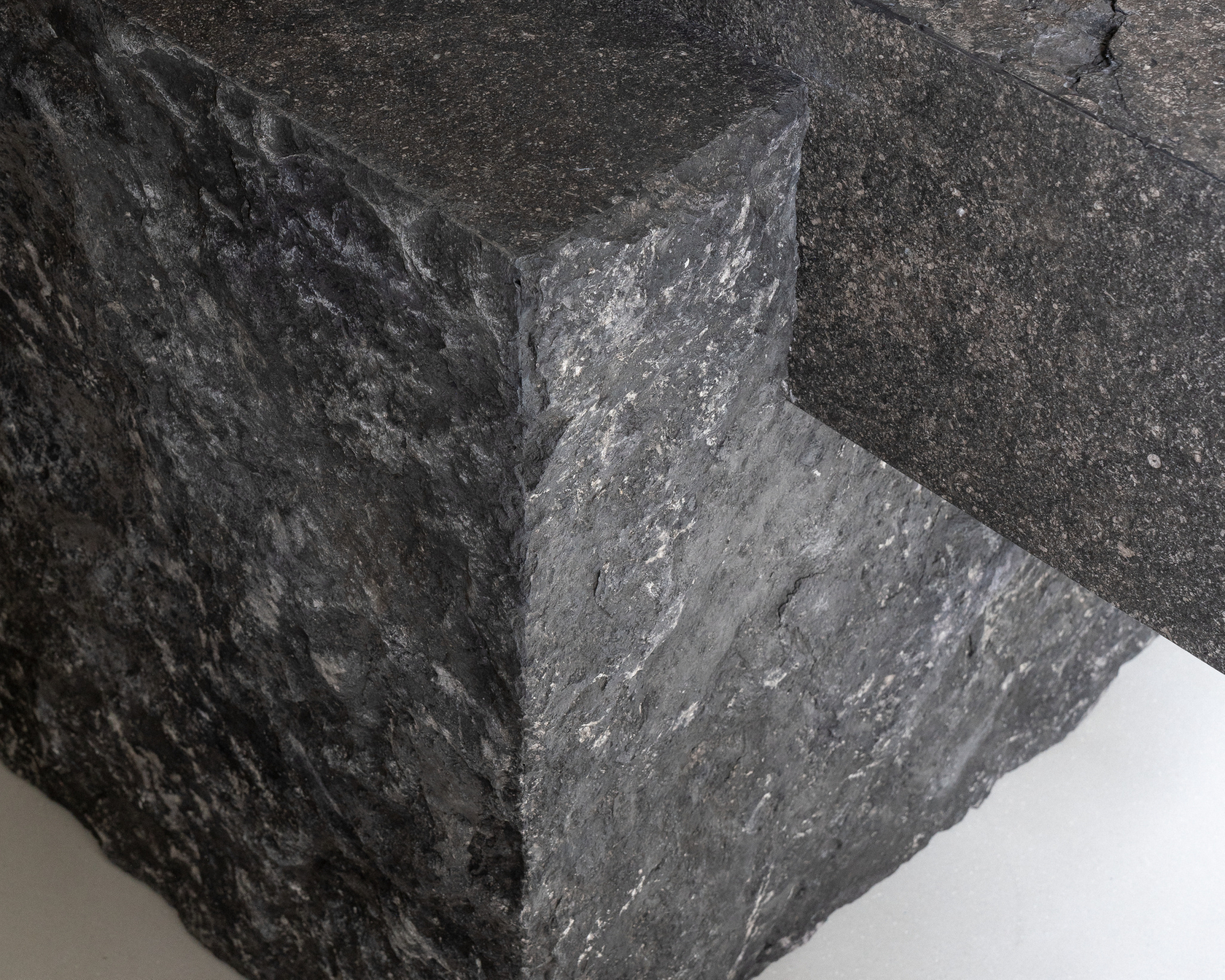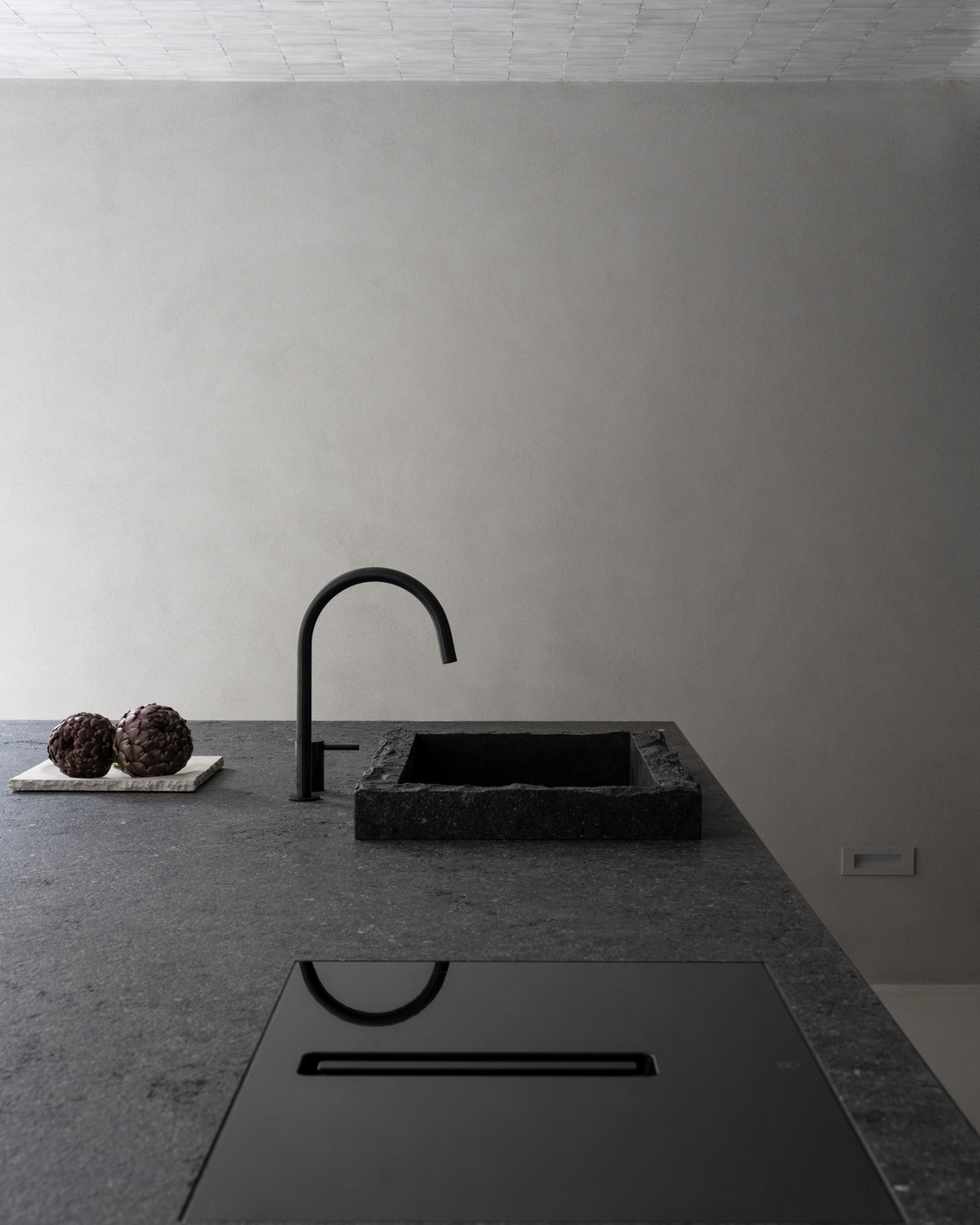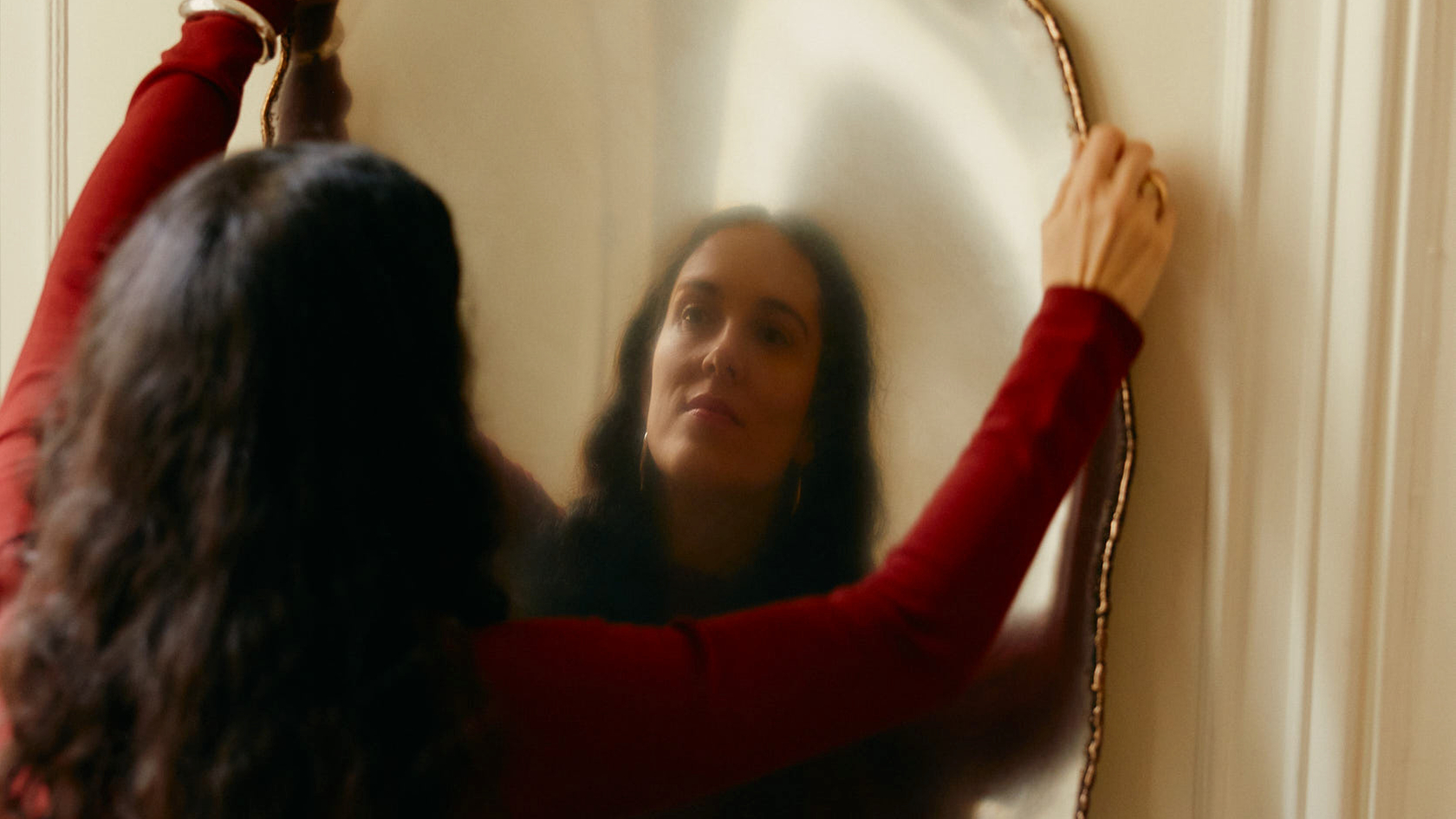It was difficult to prepare for this interview; online you are very elusive, and on the HENRYTIMI website there seems to be more poetry than information.
Yes, I have always been a little detached from the system. I am not part of it – or rather, I am now part of it, because the system takes inspiration from me and that is a great responsibility and a daily challenge – but also a great joy. HENRYTIMI is very much listened to, and widely visited, so we try to maintain a certain level of coherence, a strong perspective. But yes, we are – and I am – outside the system, so you can find very little information about me, but that's okay. I am also a very private person. As for the site, this was a conscious choice: we narrate our projects in black and white, for example. We try to be what we are, and up until now we have made a more silent choice.
How was HENRYTIMI born?
From a need. I felt the need for something different, and I invented that something. It all started about ten years ago; I was experiencing an accelerated everyday lifestyle, and I could see it in the world of design as well as in the world of fashion, architecture, food, and music, which are worlds that I have always been passionate about, have always followed. I felt the need to create what I felt was missing on the market, for those who had a sensitivity similar to mine. I began with pieces, which I call the 'primitive collection': these are fundamental, very minimal pieces. I started exhibiting them and people around the world looked at them with interest. Those people gave me the strength to believe in it all; to implement a reality that, from a whispered, humble beginning, has become recognised, important and respected. We do not overlap with any other brand; we follow our own path, and will always try to adhere to this vision.
How would you describe HENRYTIMI today?
HENRYTIMI is a company that has always tried to tell the story of natural materials like stone and wood. It’s a brand which – using modern techniques, and thanks to high-profile, high-tech artistic manufacturing and people who believe in design – transforms even the most difficult, exclusive and complicated materials into extraordinary functional works. HENRYTIMI is a unique example of artist-manufacture, because in addition to representing thought, we represent design and manufacturing. We craft everything in-house, so we also represent quality, exclusivity, luxury, and true craftsmanship... it's a combination of all these elements.
